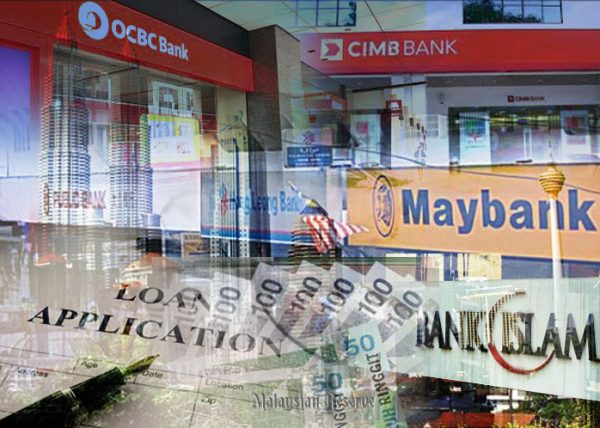
2019-06-12
THE country’s household leverage is expected to continue to moderate, but pockets of risk remain in banks’ exposures to lower-income households and personal loans, according to Fitch Ratings Inc.
In its “Malaysia Banks: Household Debt” report, the rating agency said household debt grew by a modest 4.7% in 2018, which is slower than the nominal GDP, to settle at 83% of the GDP by year-end. Household debt was 4.9% in 2017.
“This follows a raft of regulations to tighten underwriting practices for banks and non-bank lenders introduced from 2010 to 2013, in response to mounting leverage and risk appetites at the time,” the report read.
It added that the overall system risks may be easing, although downside risks remain in banks’ household exposures as there are about RM972 billion or 58% of gross loans.
Personal-loan impairment ratio also remained higher than five years ago at 1.8% and for household loans, the ratio was 1%. These higher figures have been a rising cause of bankruptcy in recent years.
“Satisfactory household asset holdings mitigate credit risks, but lower-income borrowers earning up to RM5,000 a month often lack such buffers,” the report noted.
According to Fitch, lower-income borrowers account for a significant 37% or so of banks’ household loans and an even larger proportion for non-bank lenders.
“While the exposure to such borrowers tends to be secured, the loan to-value (LTV) ratio can be high, weakening recovery prospects in default. About 28% of banks’ home loans have an LTV ratio of over 80%,” the report read.
It added that with Bank Negara Malaysia’s estimate of a 10% fall in household income due to unemployment, a resilient factor in the past economic cycles could raise bank credit losses by RM48 billion.
The projected bank credit losses exceed last year’s sector pretax profit of RM37 billion and contrasts against the total RM285 billion capital as of end-April 2019.
The currently challenging property market dynamics in Malaysia are also expected to test the real estate market’s performance over the past decade, as housing and non-housing mortgages account for 34% and 13% of bank gross loans.
The lending standards are expected to hold firm despite potential public pressure for easing due to the current prudential measures remaining relevant, whereas any significant easing in standards could generate new risks.
According to Fitch, the rating impact is between neutral and negative.
“We expect household leverage to reduce further amid slightly softer GDP growth. Asset-quality risks should be modest in this scenario, though risks are tilted to the downside.
“The banking system’s common equity tier 1 ratio of about 13.5% at end-April 2019 also suggests healthy loss-absorption capacity in the event of potential stress,” it said.

